Showing all 19 resultsSorted by latest
-
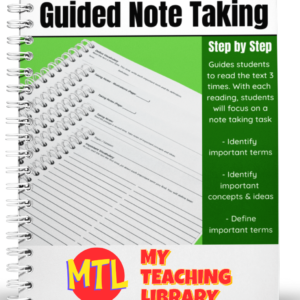 $2.00Buy Now
$2.00Buy NowHelp students dive into new text and get the most from their reading by using Guided Note Taking.
This resource will walk students through a process of reading the text 3 times.
Each time they read, they will be asked to perform a specific task:
- – The first time they read, students are asked to identify and write down important terms.
- – During the second reading, they are asked to identify important concepts and ideas. For this task, they are given lined paper as well as a page for illustrations.
- – During the third reading, students are asked to define the important terms they identified during their first reading.
This product can be used for any subject and used again and again!
-
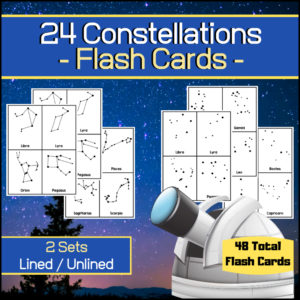 $3.00Buy Now
$3.00Buy NowThis Astronomy / Science resource, Constellation Flashcards, contains 2 sets of 24 constellations for a total of 48 cards. (Includes Astrological / Zodiac Constellations)
- Set one has lines that show the stars connected to create the constellation.
- Set two shows only the stars of the constellation (no lines). You can use set two to have students learn the ‘grouping of the stars’ as they actually see them in the sky -or- you can allow students to actually draw the lines on each card to help learn the constellations.
-
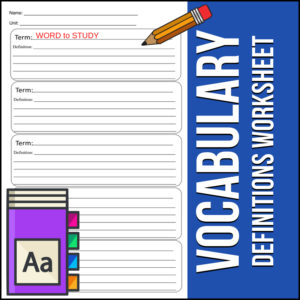 $1.00Buy Now
$1.00Buy NowEasy to use, just print and go…This Vocabulary Terms Definitions Worksheet resource provides a template for students to use time and time again with any subject for any vocabulary that you are asking them to study.
Each page provides space for 5 words. Students will write each terms to be studied and a definition. (Option: If appropriate to the lesson(s), you can assign students to write synonyms or antonyms on the last line as there is plenty of space to do that!)
Use for Language Arts, Science, Social Studies, Math – ANY SUBJECT!
-
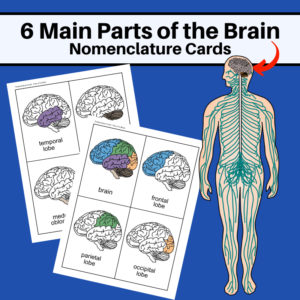 $2.00Buy Now
$2.00Buy Now6 Main Parts of the Brain – Human Anatomy Nomenclature Cards – This resource will help students learn and study the following parts of the brain: frontal lobe, parietal lobe, occipital lobe, temporal lobe, cerebellum and the medulla oblongata.
-
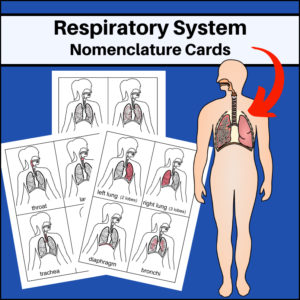 $2.00Buy Now
$2.00Buy NowRespiratory System – Human Anatomy Nomenclature Cards – This resource will help students learn and study the location of the following parts of the respiratory system: left lung, right lung, diaphragm, bronchi, bronchioles, alveoli, sinus cavity, nose, throat, larynx, trachea, and pleura. There are also 4 extra diagrams with no labels for you to use as you wish…such as give to students to have them color in and label the cards for themselves!
-
 $2.00Buy Now
$2.00Buy NowHand, Arm & Food – Human Anatomy Nomenclature Cards – This resource will help students learn and study the location of the following parts of body parts: Hand (palm, thumb, index, middle, ring, pinky, fingernails, wrist; Arm (elbow, forearm, wrist, upper arm, shoulder); Foot (sole, ball, toes, ankle, toenails, heel); Leg (thigh, knee, calf, shin, kneecap, hip).
-
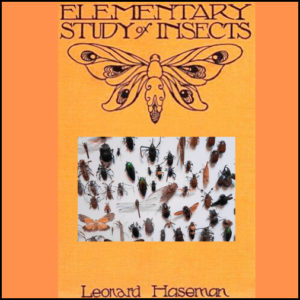 $2.00Buy Now
$2.00Buy NowThis is a downloadable copy of the book.
About the book: This book was written in 1923 by Leonard Haseman and can be a good tool to use when beginning to study insects. -
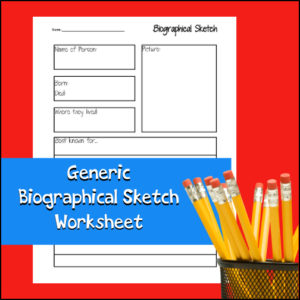 $1.50Buy Now
$1.50Buy NowStudents can use this worksheet again and again to record short biographies on any person for any subject. This worksheet can be used alone or as part of a larger report or notebooking project. Students can report on inventors, scientists, explorers, mathematicians, musicians, famous Americans, etc!
-
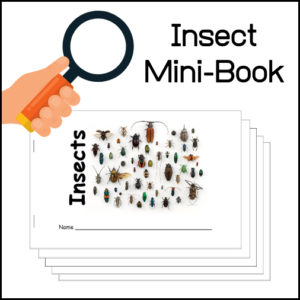 $2.00Buy Now
$2.00Buy NowHelp your students learn about insects with their very own 12 page mini-book! This is a perfect tool to use as a study aid as it includes important facts about insects such as…the four things all insects must have: 3 body parts, 2 antennae, 6 jointed legs and an exoskeleton. This little book will also give examples of creepy crawlies that are not insects, how some insects have 1 or 2 pair of wings, how some are helpful and some are harmful. At the very end of the book, students are asked to draw their favorite insect.
-
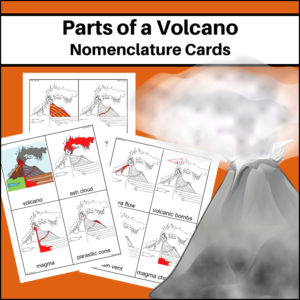 $2.00Buy Now
$2.00Buy NowParts of a Volcano – Nomenclature Cards – This resource will help students learn and study the various parts of a volcano: ash cloud, magma, parasitic cone, lava & ash layers, side vent, crater, pyroclastic flow, lava flow, volcanic bombs, main vent, and magma chamber.
-
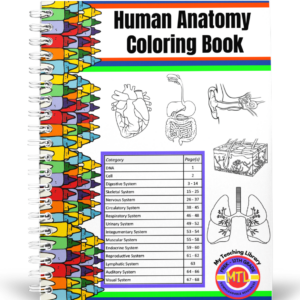 $9.75Buy Now
$9.75Buy NowThis 68-page anatomy coloring book has been designed for 5th-12th grade classrooms (Health, Science, Anatomy, Biology, Physiology).
Categories:
- DNA
- Cell
- Digestive System
- Skeletal System
- Nervous System
- Circulatory System
- Respiratory System
- Urinary System
- Integumentary System
- Muscular System
- Endocrine System
- Reproductive System
- Lymphatic System
- Auditory System
- Visual System
-
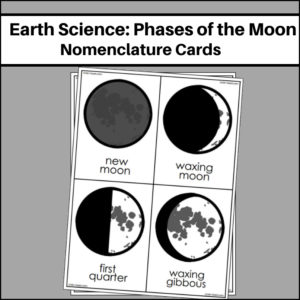 $2.00Buy Now
$2.00Buy NowThis resource will help students learn the 8 phases of the moon: new moon, waxing moon, first quarter, waxing gibbous, full moon, waning gibbous, last quarter and waning crescent.
-
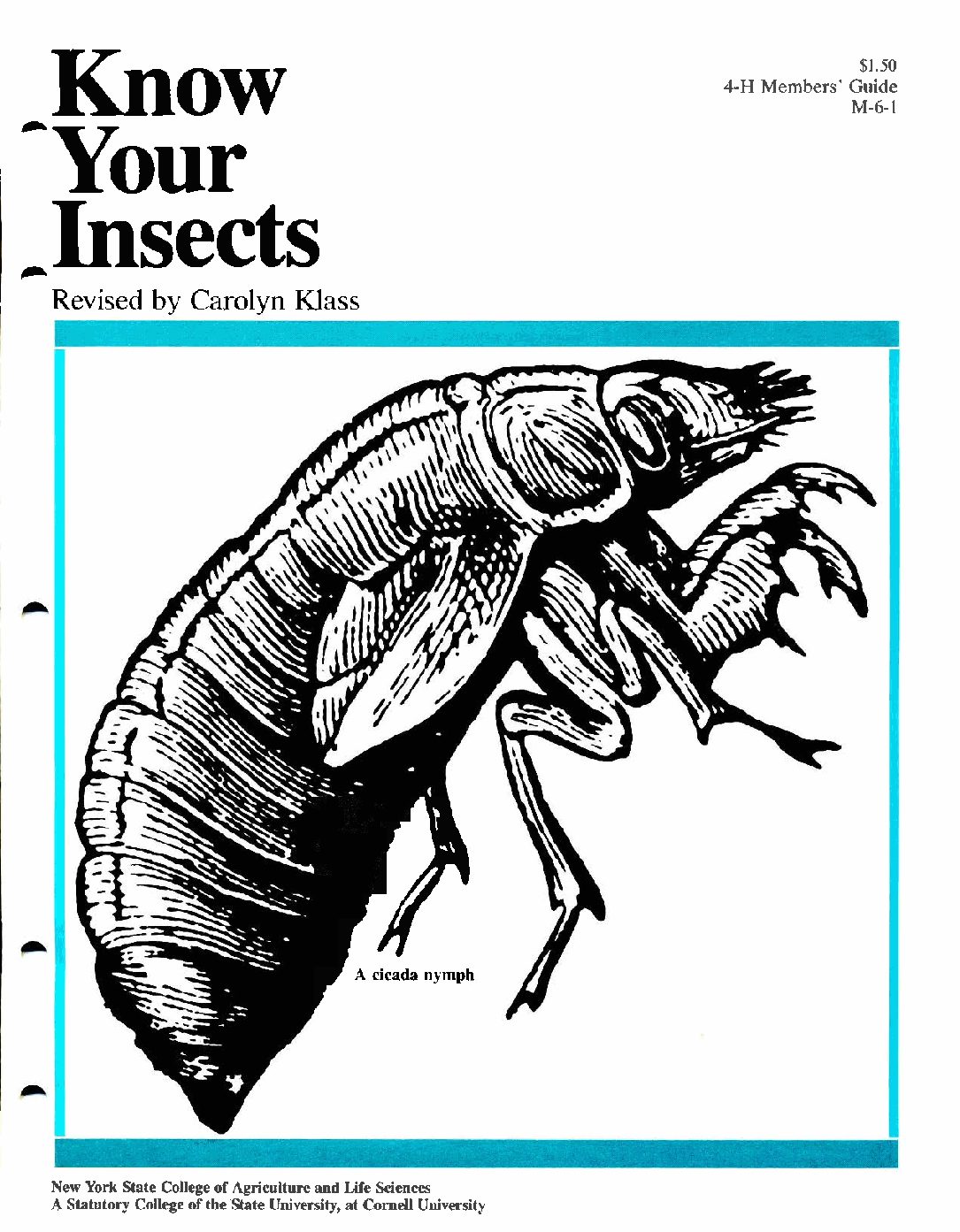 $1.00Buy Now
$1.00Buy NowThis is a small (15 page) old handout to help students learn basics about insects and how to mount them when creating an insect collection.
-
 $1.00Buy Now
$1.00Buy NowThe resource is a 15 question quiz that will assess student understanding of the following structures / organelles of a plant cell: cell wall, mitochondria, chloroplast, cell membrane, vacuole, Golgi apparatus, lysosomes, rough endoplasmic reticulum w/ ribosomes, smooth endoplasmic reticulum, nucleus, nucleolus, peroxisome, cytoskeleton
-
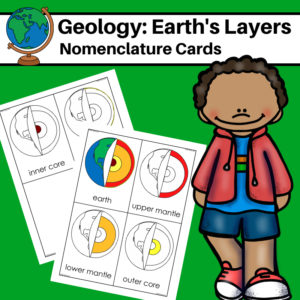 $1.50Buy Now
$1.50Buy NowThis resource, Earth’s Layers – Nomenclature Cards, will help your students learn the names of the layers of the Earth: upper mantle, lower mantle, outer core, inner core, and crust.
I’ve also included a set of blank cards for students to use and label themselves!
-
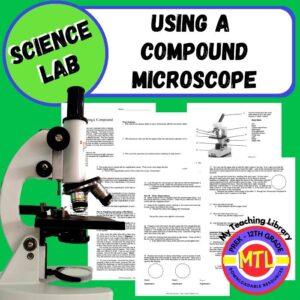 $3.00Buy Now
$3.00Buy NowThis is a complete, step by step science lab during which students will learn about, use a compound microscope and record their observations as well as important facts they’ve learned.
Key highlights covered:
- – Parts of a compound light microscope and their functions
- – How to calculate magnification
- – How to make a wet mount slide
- – Detailed information on how to use the microscope
-
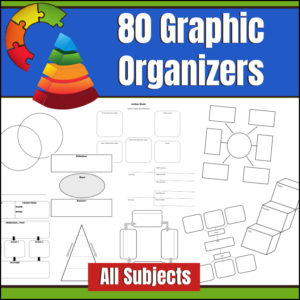 $8.50Buy Now
$8.50Buy NowA graphic organizer, also known as knowledge map, concept map, story map, cognitive organizer, advance organizer, or concept diagram, is a communication tool that uses visual symbols to express knowledge, concepts, thoughts, or ideas, and the relationships between them. This resource gives you 80 different graphic organizers and can be used across the curriculum!
Here is a comment from a customer…
Karen E. said: “OK, at first I thought “Really? I’m going to pay for graphic organizers that I can probably find for free with some searching, etc?” Well, now I am so glad that I did. So good to have organizers available quickly BUT also several of them have variations which is helpful for “seeing” how to use them in my content area. Good value.“ -
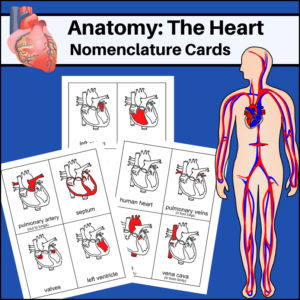 $2.00Buy NowThis resource,The Heart – Human Anatomy Nomenclature Cards, help students learn and study the location of the parts of the heart: pulmonary veins, aorta, vena cava, pulmonary artery, septum, valves, left ventricle, left atrium, right ventricle and right atrium.
$2.00Buy NowThis resource,The Heart – Human Anatomy Nomenclature Cards, help students learn and study the location of the parts of the heart: pulmonary veins, aorta, vena cava, pulmonary artery, septum, valves, left ventricle, left atrium, right ventricle and right atrium. -
 $4.50Buy Now
$4.50Buy NowA fun, interactive game that will have students learn all about the circulatory system!
- – deliver oxygen and food to the cells
- – have oxygen and carbon dioxide ‘ride’ on red blood cells
- – circulate red blood cells throughout the body – through the circulatory system (arteries and veins)
The first team to get all their oxygen to the cells, all the food to the cells, all the wastes to the kidneys and all the carbon dioxides to the lungs, wins the game!

